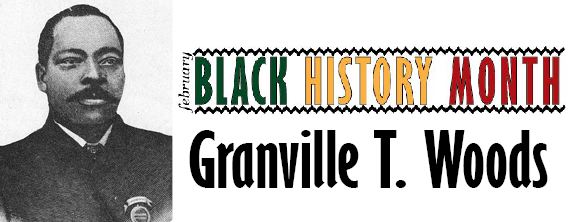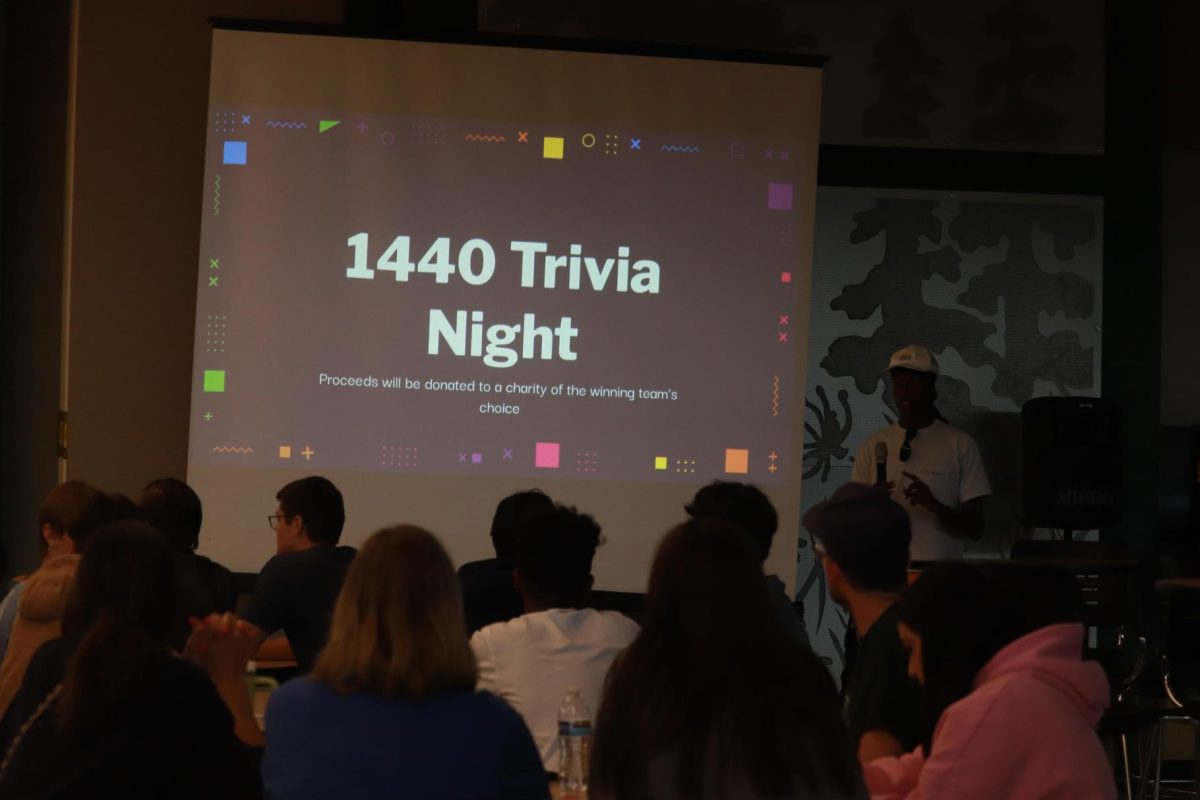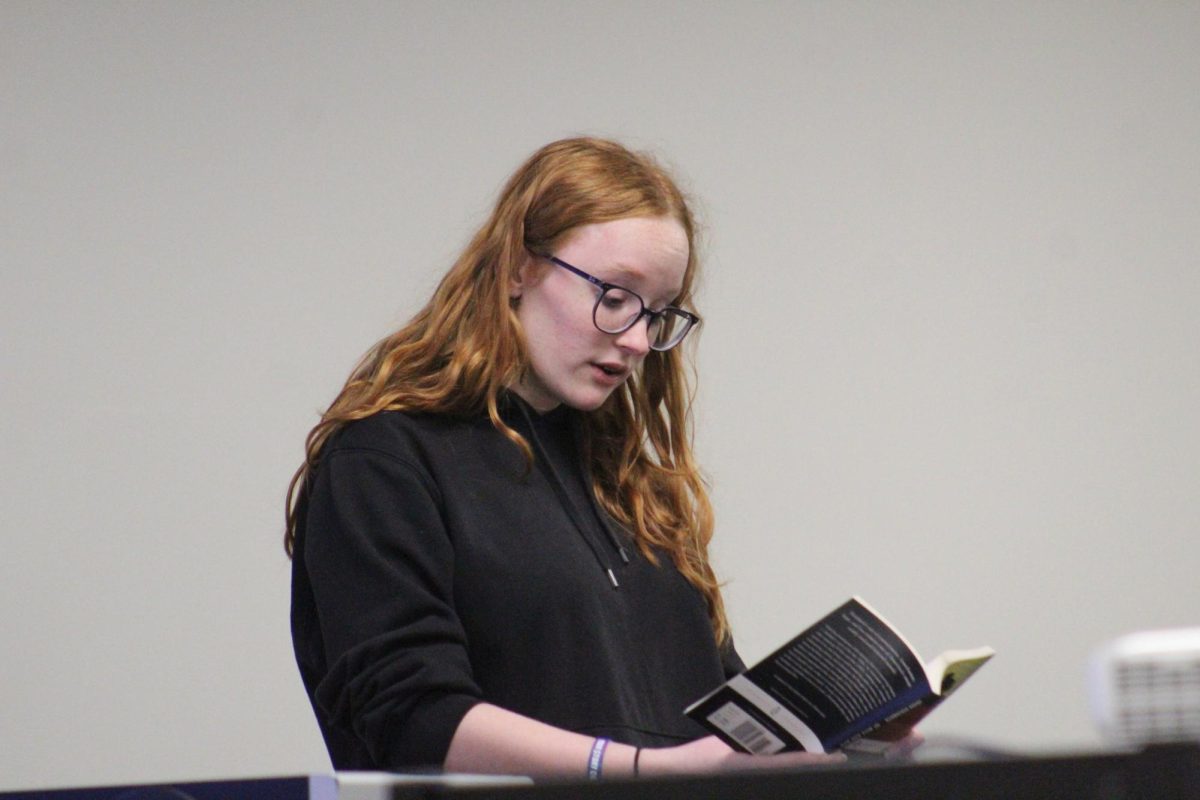In an era that often made education, skilled work, and even library books unreachable to black children, Granville Tailer Woods (1856-1910) built a revolutionary engineering career from the ground up. Woods left his formal education behind at age ten and immediately began learning on the job in blacksmith’s workshops, steel mills, and railroad machine shops while attending night school and studying electrical engineering in his spare time.
Throughout his twenties, Woods rose through the ranks of several transportation companies; in 1878, he became Chief Engineer on the British steamship Ironsides. Nevertheless, Woods faced discriminatory barriers to advancement in his field. To avoid them, he founded his own company and quickly began issuing patents for technologies from railway brakes to chicken egg incubators.
Woods’s inventions soon became the envy of such engineering giants as the Bell Telephone Company and Thomas Edison. One of his most important inventions was a system called telegraphony, which combined aspects of the telegraph and telephone to form multimedia messages (see images below). Bell eventually purchased the telegraphony process.
Woods’s “Synchronous Multiplex Railway Telegraph” was perhaps even more significant; it allowed railway operators to locate trains in real time and prevent dangerous collisions. The invention attracted multiple legal challenges from Edison, which Woods successfully deflected. Edison soon offered Woods a position in his company, but Woods preferred independent work.
Unfortunately, the end of Woods’s life was plagued by further challenges to his thirty-five patents, and he died in relative poverty. Nevertheless, the relentless engineer earned his place in history; the magnitude of his work is often compared to that of better-known rivals like Thomas Edison.

Image from AP Images.















